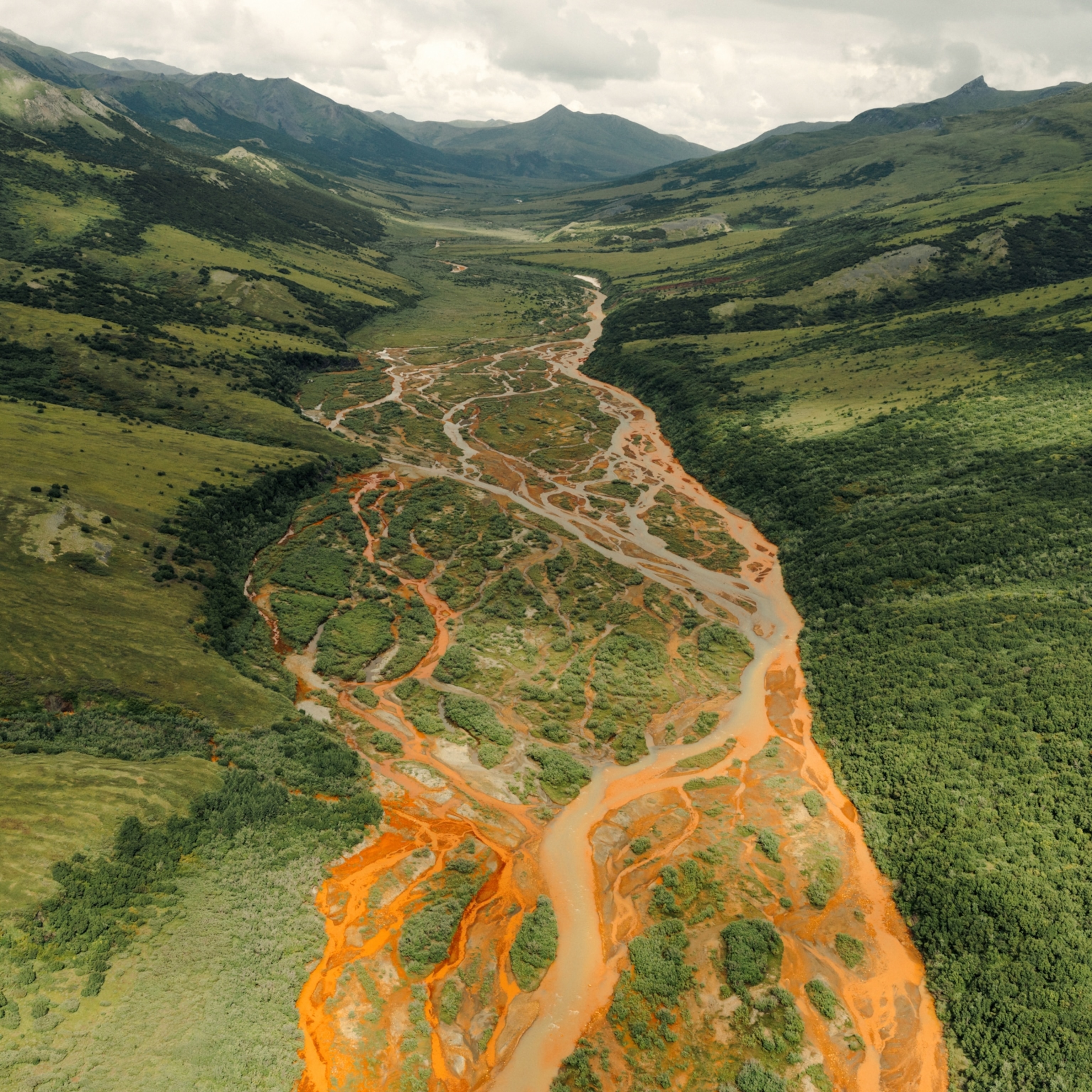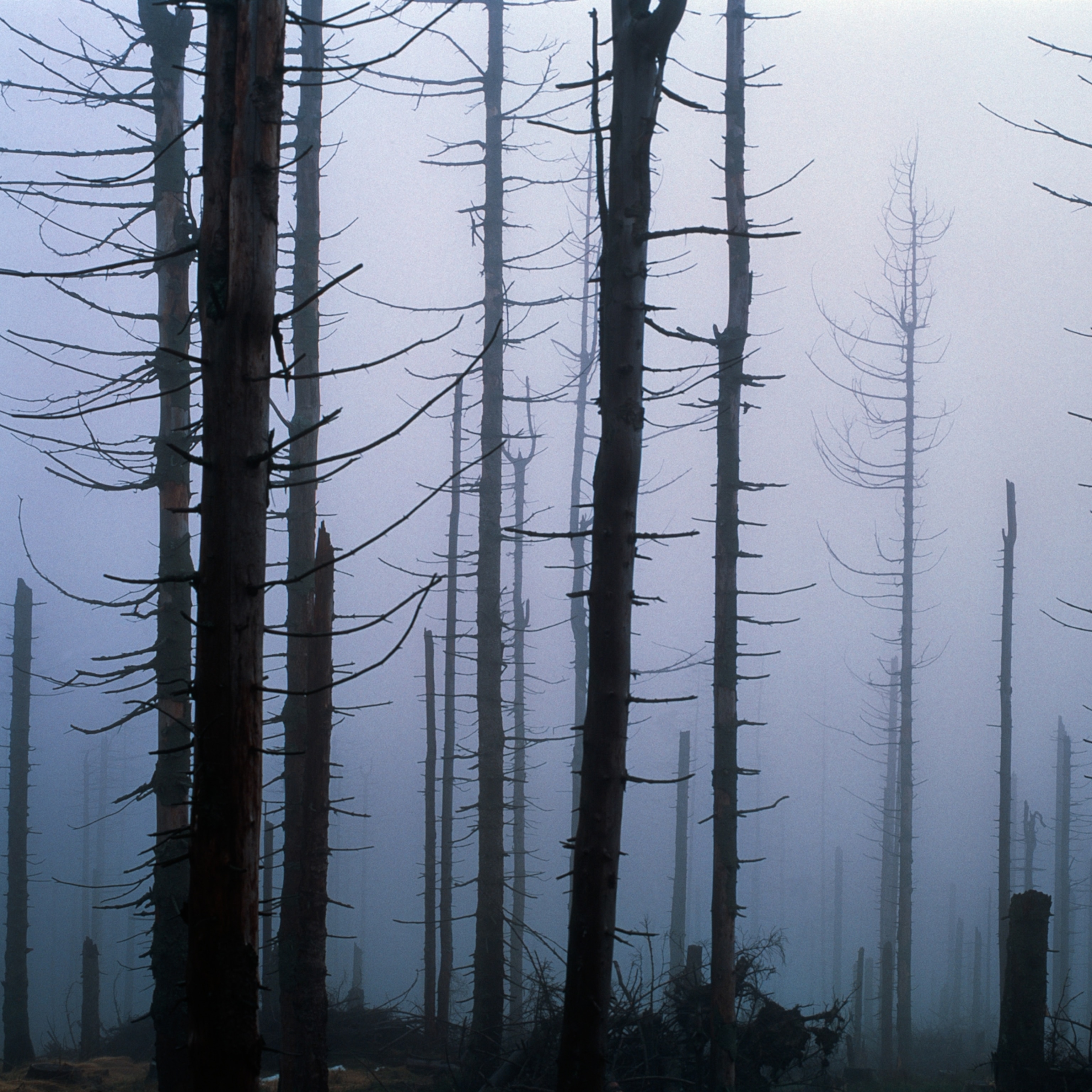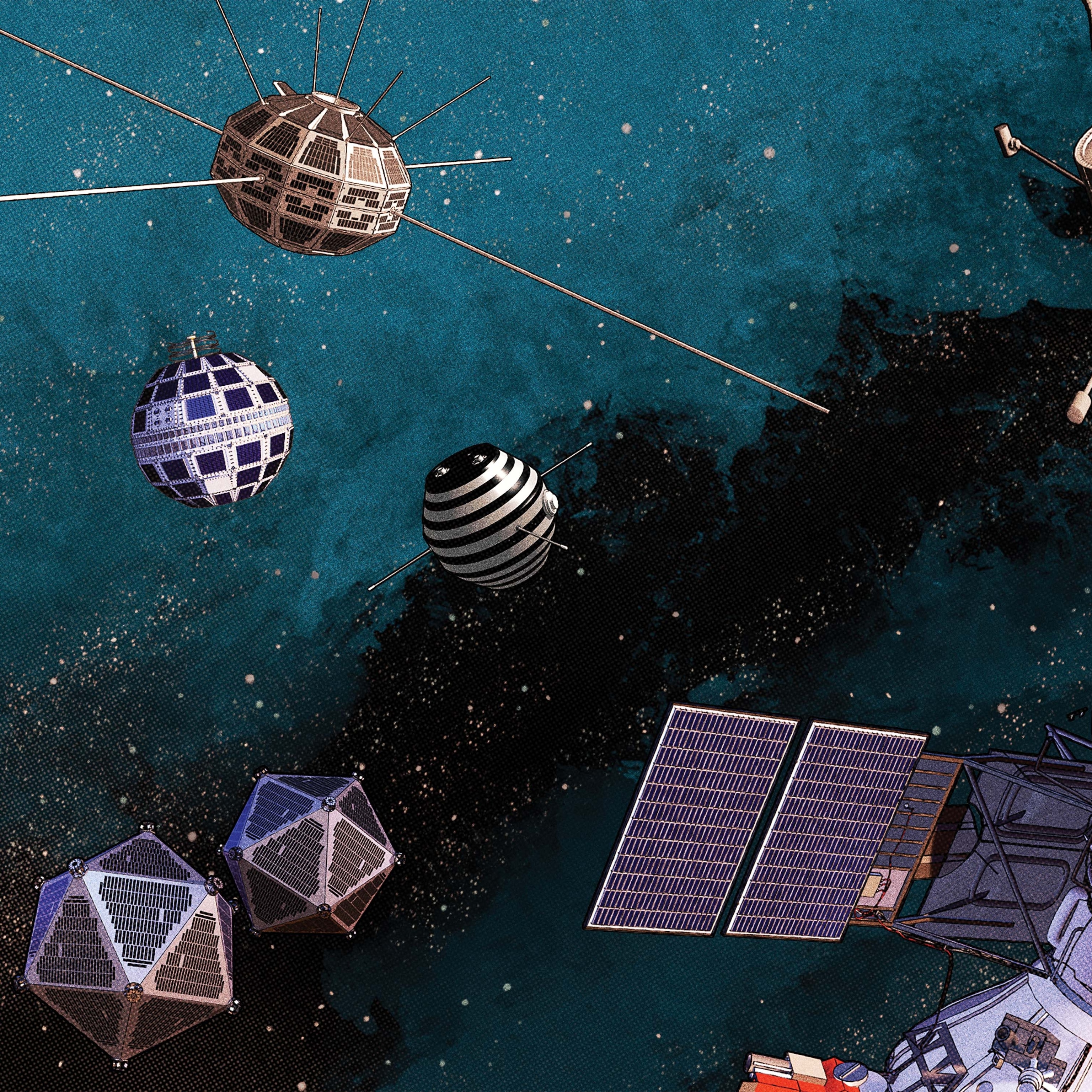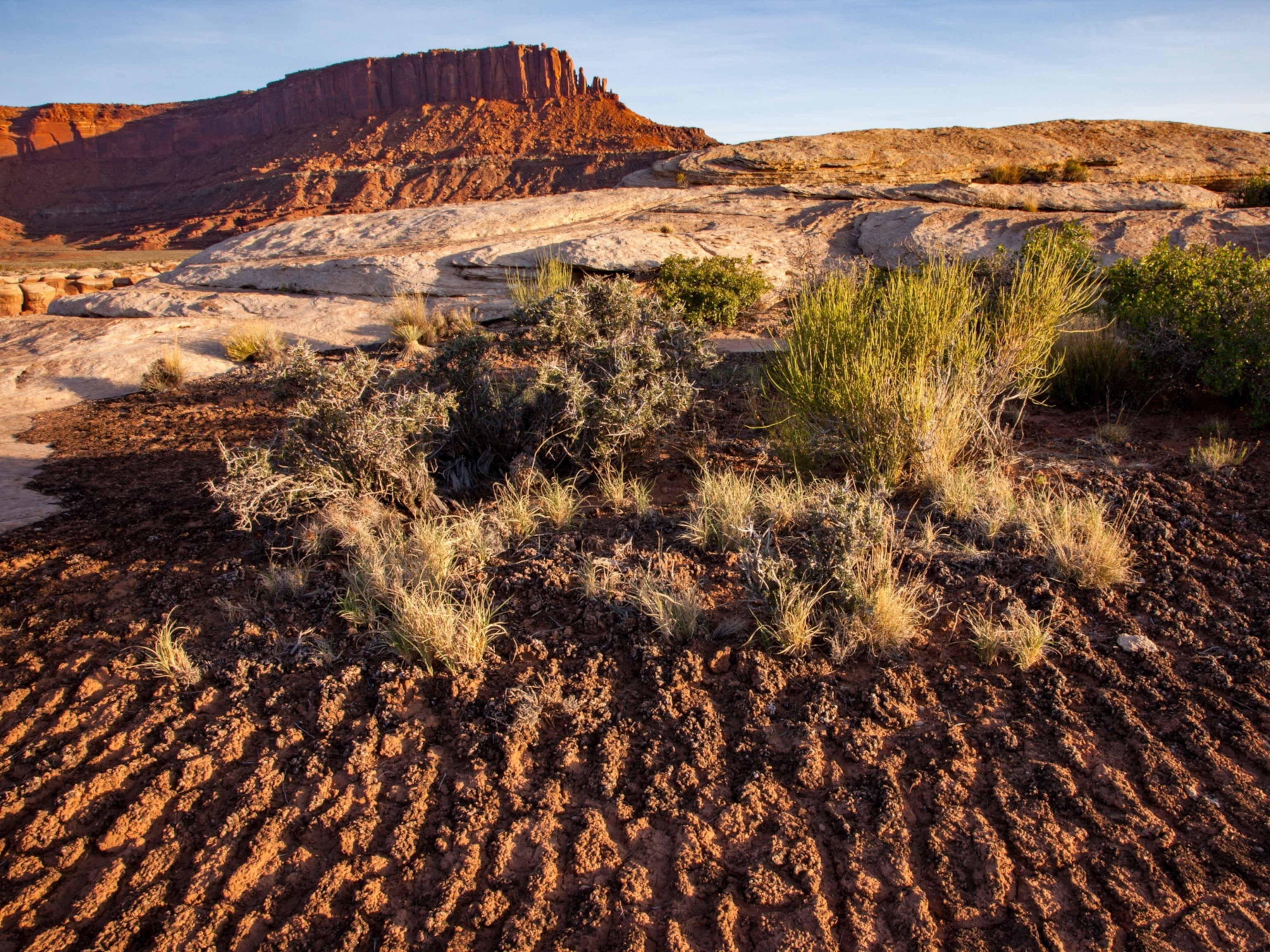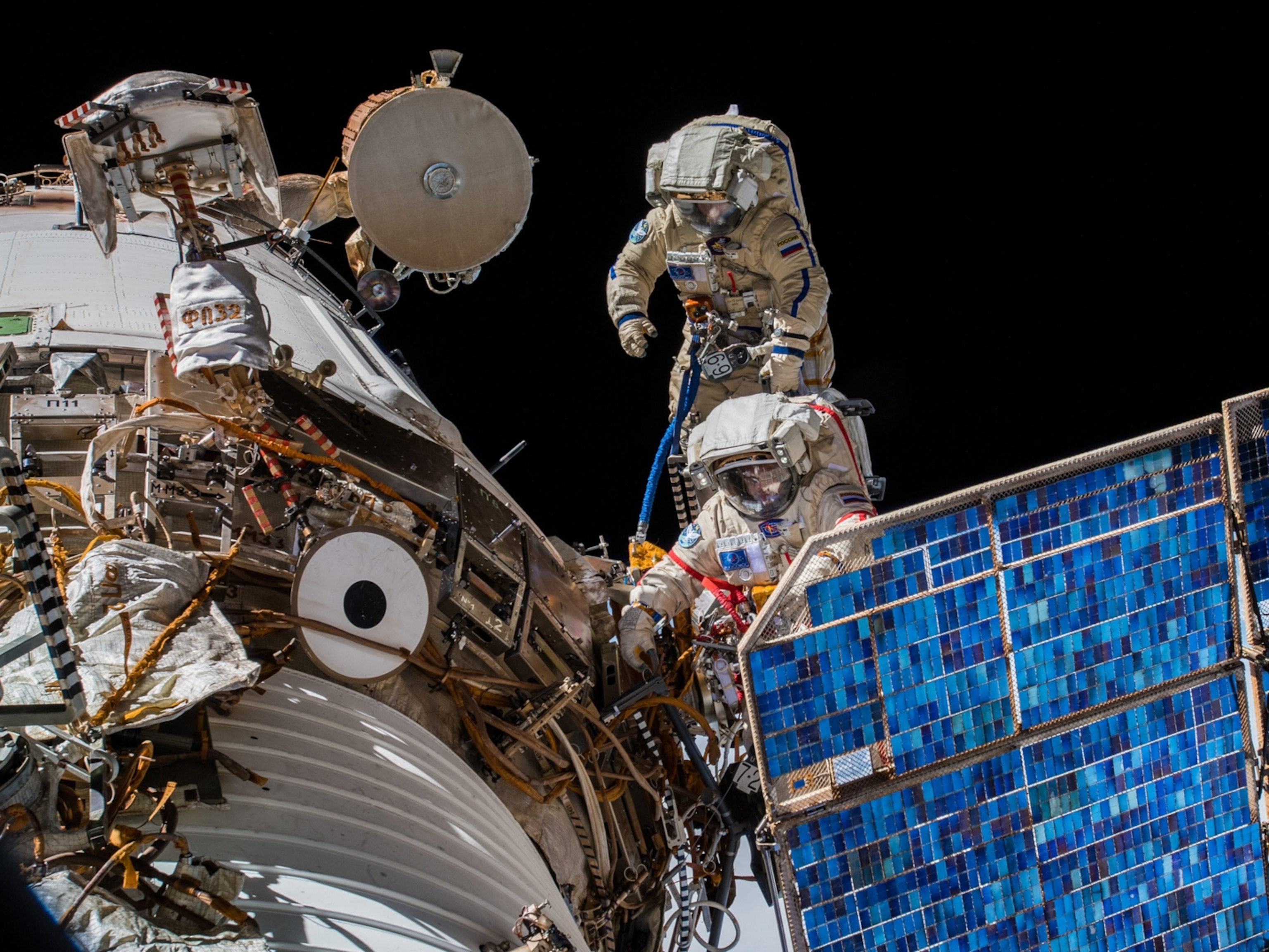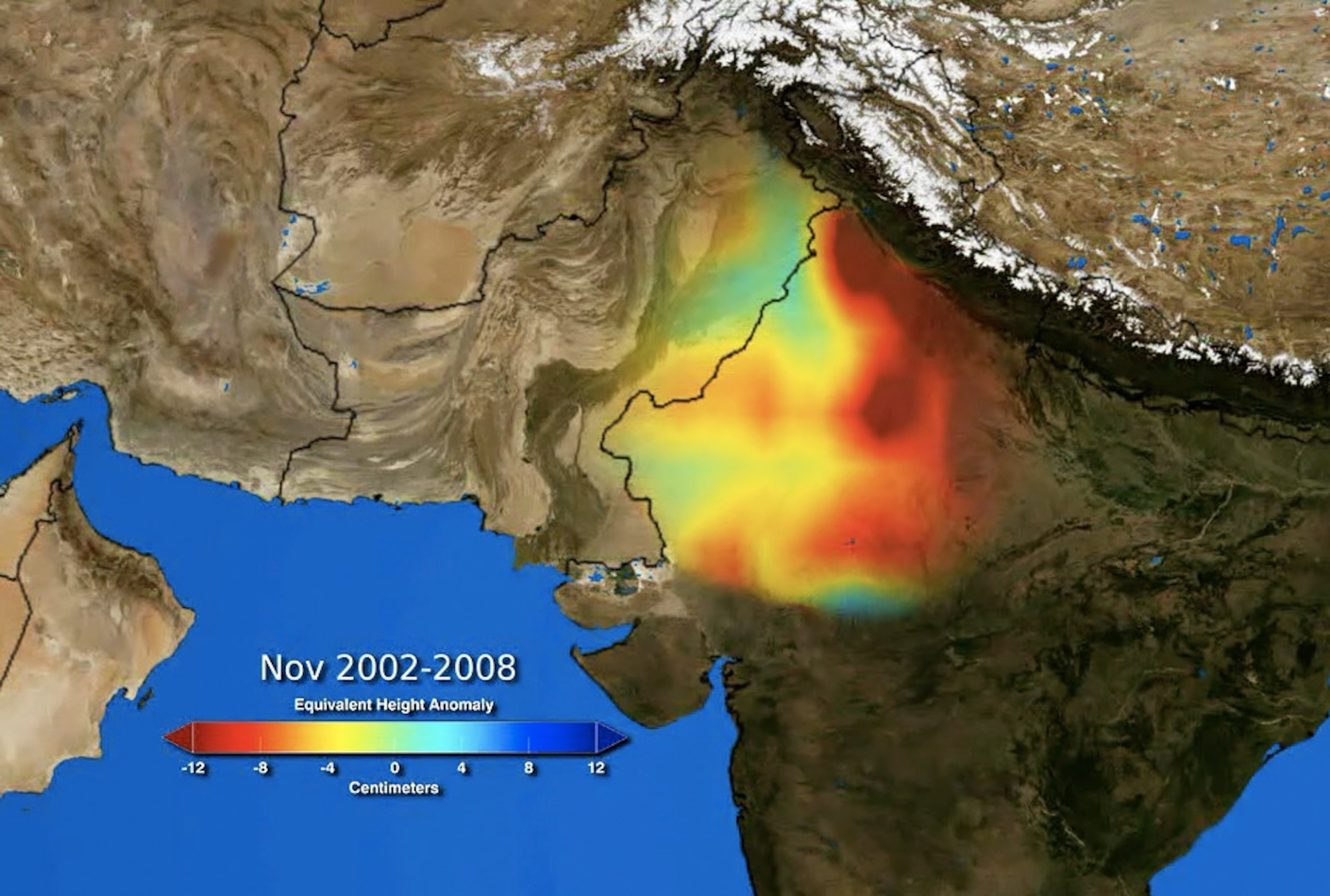
NASA Satellites Track Vanishing Groundwater
NASA Satellites Track Vanishing Groundwater
Almonds, grapes, cotton, and apricots: all crops that California’s Central Valley is famous for. But three years of drought have taken their toll, and farmers have had to drill deeper wells and pump more groundwater to prevent their crops from wilting.
A recent survey by the U.S. Geological Survey shows that in California's Tulare Basin, groundwater levels have dropped by as much as 50 feet (15 meters) over those three years. The water table is likely to take decades to recover.
Groundwater—the water stored in underground cracks and pores in rocks and soil—represents just 1.7 percent of Earth’s total water, yet groundwater accounts for over 30 percent of all freshwater. Almost all of the remaining freshwater is locked up in ice caps and glaciers, making groundwater the largest accessible source of freshwater.
(Learn more about the freshwater crisis.)
As the global population grows, and climate change begins to take its toll, we could start to rely on groundwater even more, said Helen Bonsor, a hydrologist with the British Geological Survey.
"It is a more reliable resource and not as subject to seasonal and drought variations. It could be seen as the gold reserve for water," Bonsor said.
New Metrics
Traditionally groundwater reserves have been monitored using borehole measurements—recording the amount of water pumped from wells and the fluctuations in the water table. Combining this with geological data, hydrologists are able to model the behavior of an aquifer and estimate how much water can be withdrawn.
However, borehole data has some serious limitations, said Sean Swenson from the National Center for Atmospheric Research (NCAR) in Boulder, Colorado. "There can be considerable spatial variation in the subsurface, so any one well may not be representative of a large area," Swenson said.
Now Swenson and his colleagues have started to overcome these limitations, using satellite data to fill some of the gaps.
In 2002 NASA and the German Research Institute for Aviation and Space Flight launched two satellites—together known as the Gravity Recovery and Climate Experiment (GRACE)—which measure changes in Earth's gravity.
Large pockets of water and ice on Earth exert a stronger gravitational pull on the satellites than areas without water. By studying maps of Earth's gravitational field made with data from GRACE, scientists are able to monitor fluctuations in groundwater over time and highlight where aquifers are being depleted faster than replenished.
"Up till now there has been no way of measuring seasonal water mass variations on such a wide scale or in real time," said Bonsor of the British Geological Survey.
One area of the world where the satellites reveal that groundwater is dropping extremely rapidly is northern India.
Using GRACE data, Virendra Tiwari from the National Geophysical Research Institute in Hyderabad and his colleagues calculated groundwater loss between 2002 and 2008. An average of 13 cubic miles (54 cubic kilometers)—enough to fill more than 21 million Olympic swimming pools—was lost every year.
John Wahr, of the University of Colorado at Boulder, a member of the study team, said 600 million people live in the region and rely on the groundwater. "Most of the groundwater, by far, is used for agriculture. But of course as that groundwater gets used up, it impacts all users," he said.
Hydrologists have observed falling water tables in the region for years, but the satellite data has helped give a more comprehensive picture.
Furthermore, the satellite measurements have helped flag a worrying side effect of excessive groundwater extraction. Eventually most of the extracted water runs into the oceans, Wahr explained.
"We know it either gets carried to the sea through the large rivers draining the region or evaporates into the atmosphere and eventually rains out somewhere else," Wahr said.
The scientists calculate that this large volume of water could be pushing up global sea levels by as much as 0.006 inch (0.16 millimeters) each year. That's 5 percent of total sea level rise.
However, some scientists are concerned about the reliability of these estimates. Richard Taylor, a hydrologist at University College London, believes Tiwari and his colleagues may have overestimated the groundwater depletion in northern India, due to a lack of ground-based observations with which to compare the satellite data.
"Satellite data alone are insufficient and can give erroneous results," Taylor said.
Nonetheless Taylor still believes GRACE has an important role to play. "Land-based monitoring is difficult and expensive. GRACE doesn’t replace the need for this monitoring but is an immensely useful tool for integrating borehole observations and detecting regional-scale changes in water resources," he said.
Back in North America ...
Back in the North America, GRACE is enabling scientists to monitor aquifers and understand the impact of water pumping and various land-use activities.
Jay Famiglietti, a member of the GRACE science team based at the University of California, Irvine, has been using GRACE data to monitor the state's groundwater fluctuations.
"Our results are providing new information on the declining water levels in the Central Valley, where one quarter of the food consumed in the United States is grown," Famiglietti said. "Our studies are revealing rapid depletion rates over the last six years that could ultimately put food production in the region at risk."
If California does decide to regulate groundwater use, GRACE could prove invaluable in helping authorities to police it, according to experts.
However, GRACE will only be able to do this if its satellites remain in the sky. Already the satellites have passed the five-year lifetime of the planned mission, and a follow-up mission is not planned for at least ten years.
"GRACE could remain up for three to four more years, but it could fail at any time. Unless a gap-filling mission is launched, the scientific community will lose the long-term data, which is needed to separate these long-term trends from year-to-year variability," NCAR's Swenson said.
University College London's Taylor agreed, saying, "It would be a major setback to the hydrological community if we were to lose GRACE."

